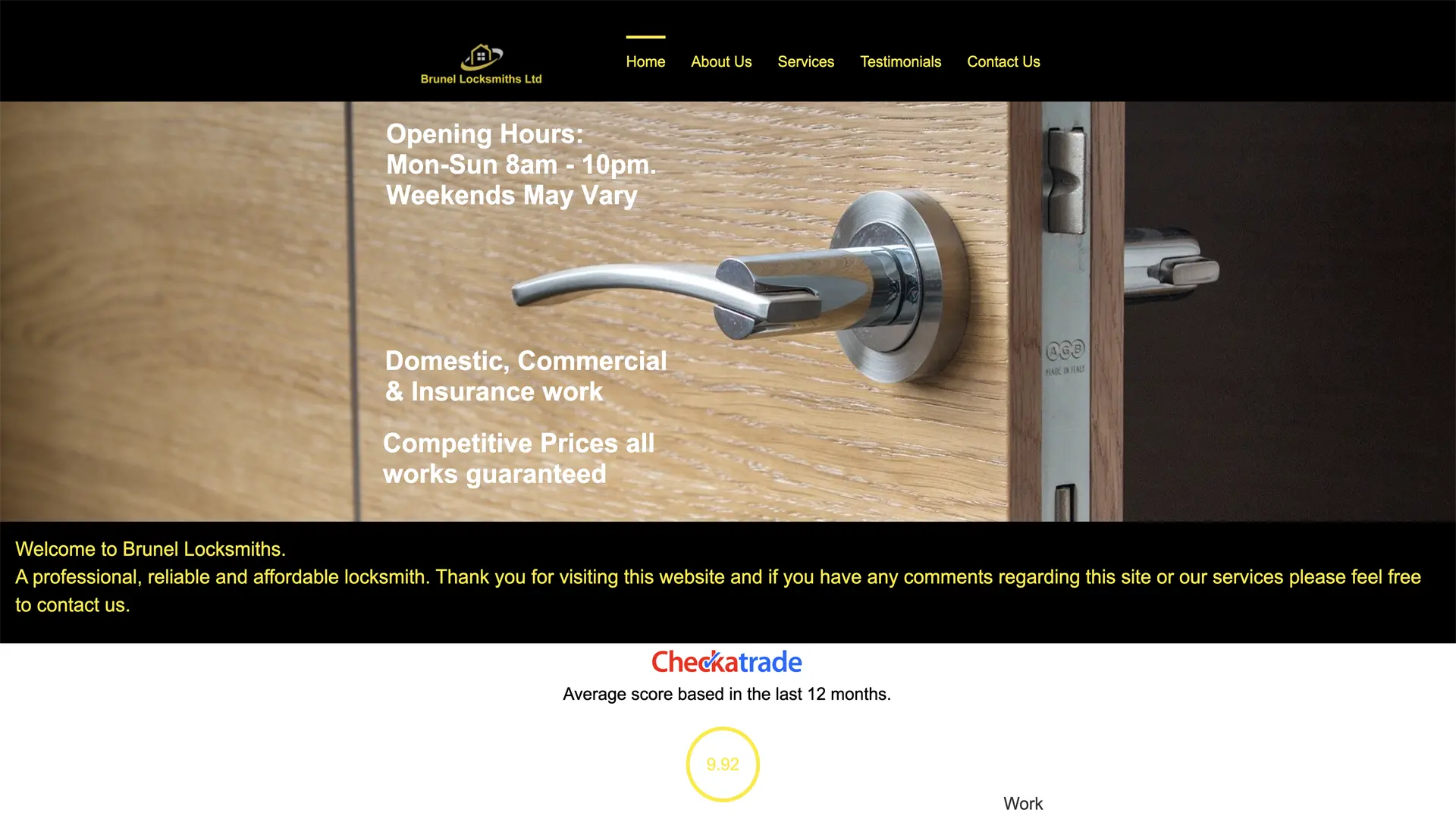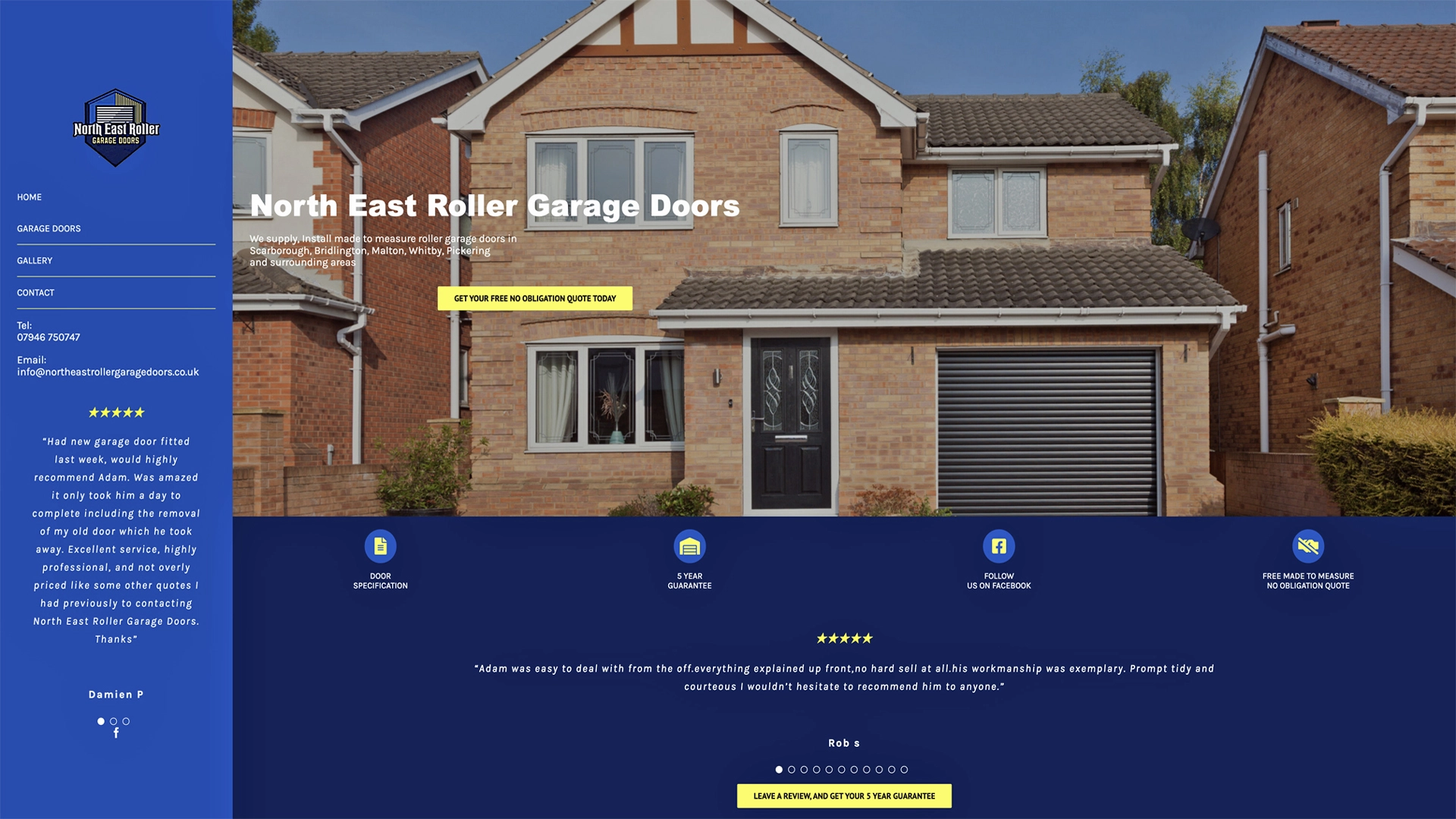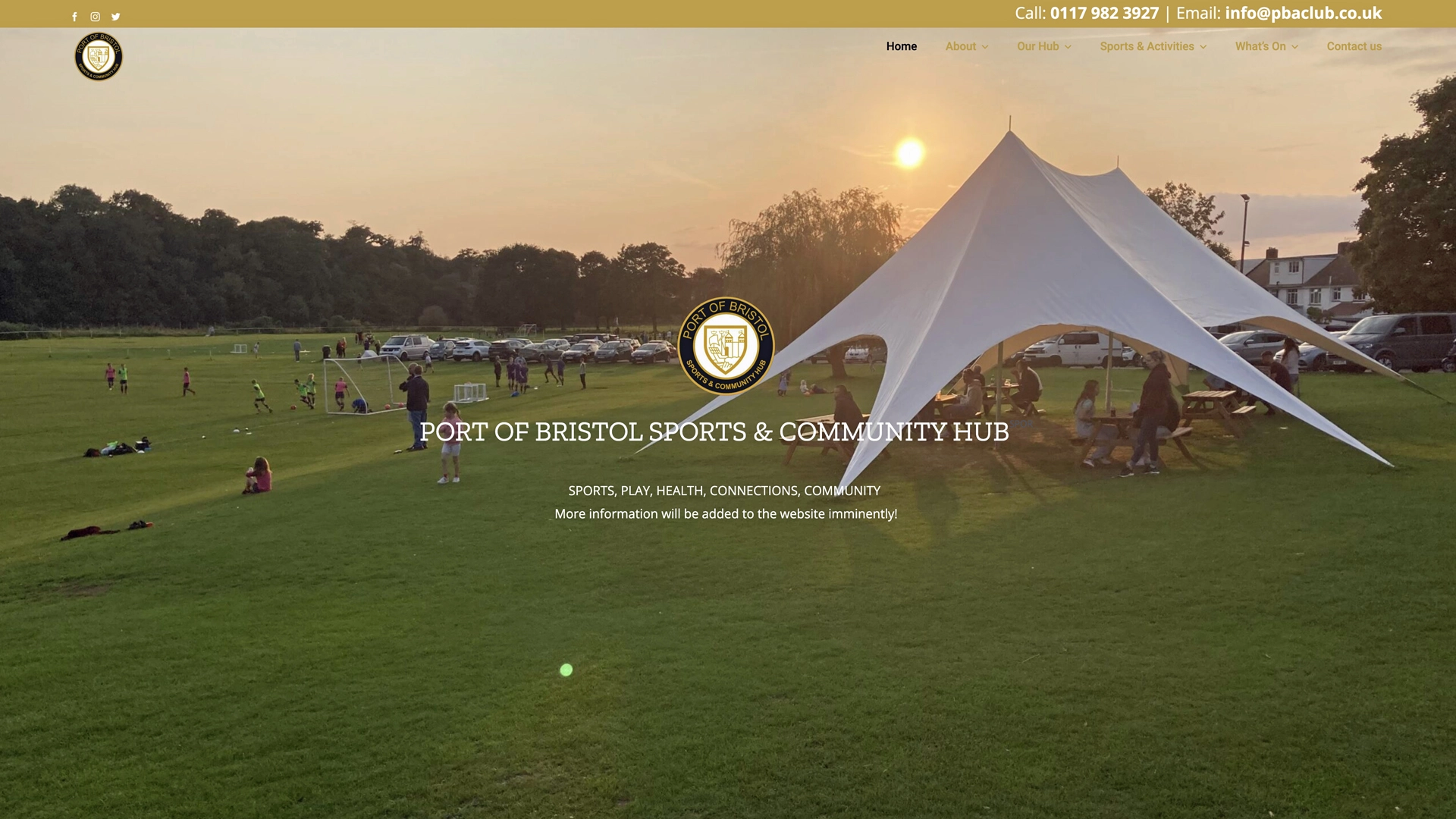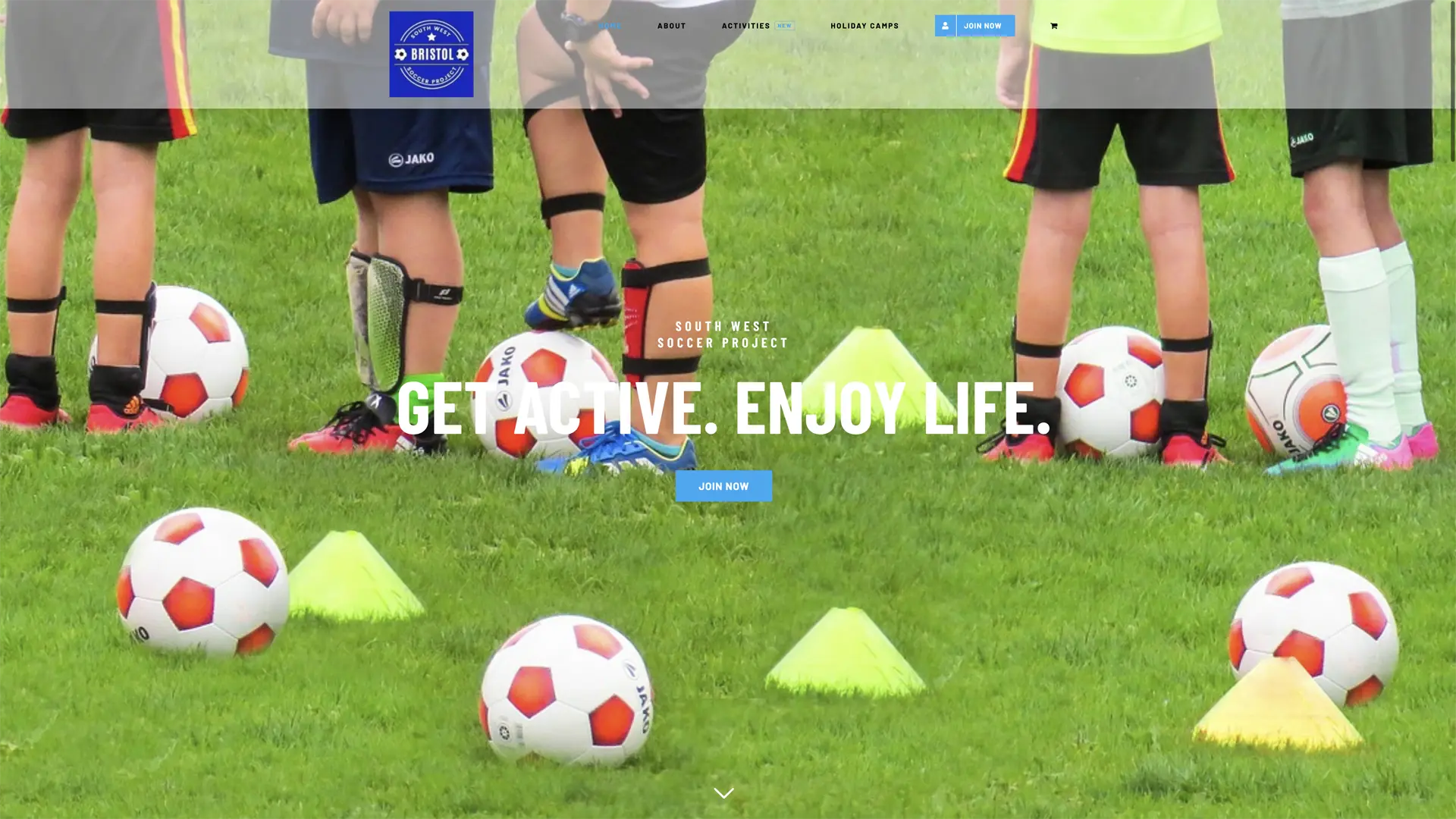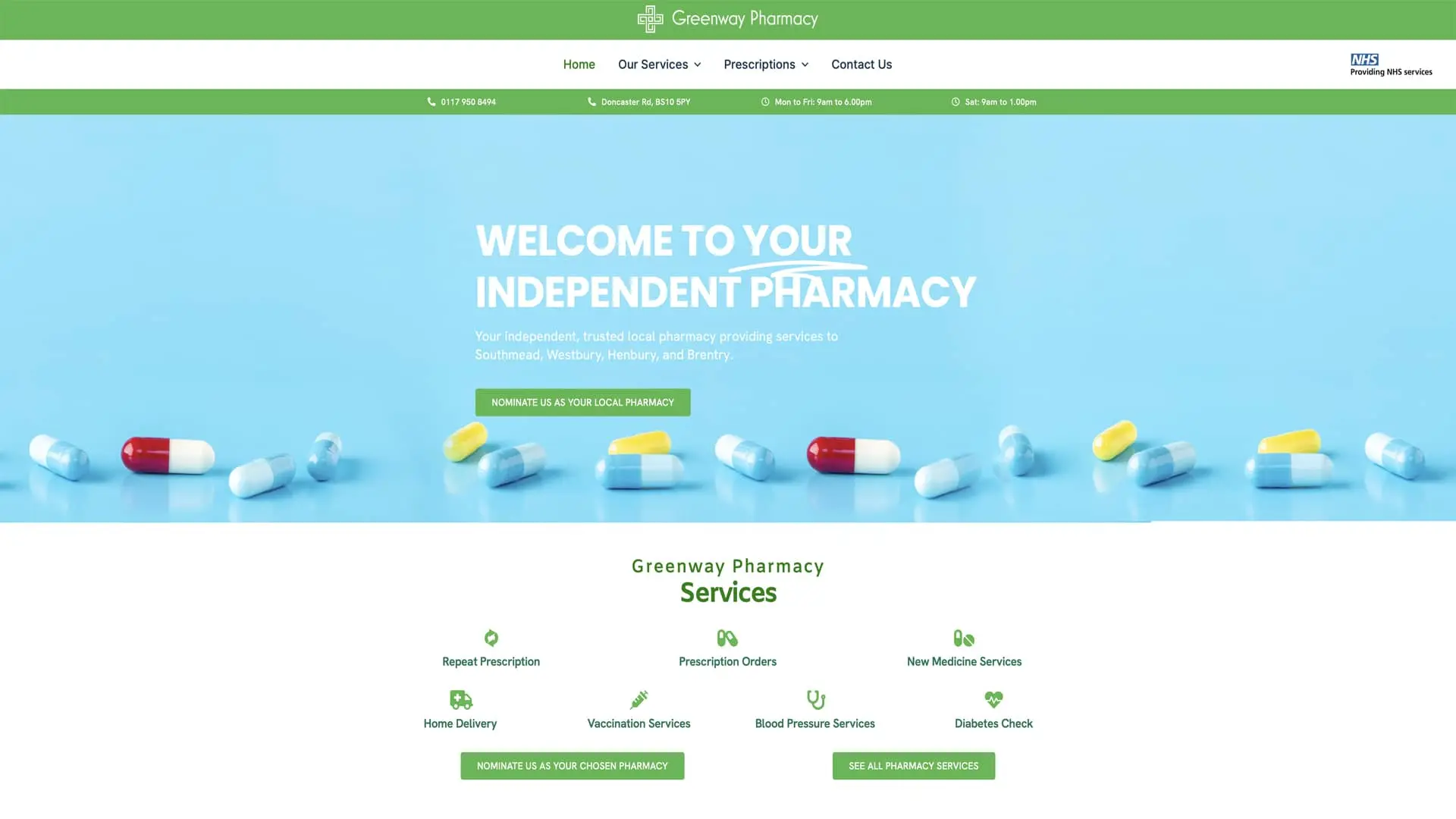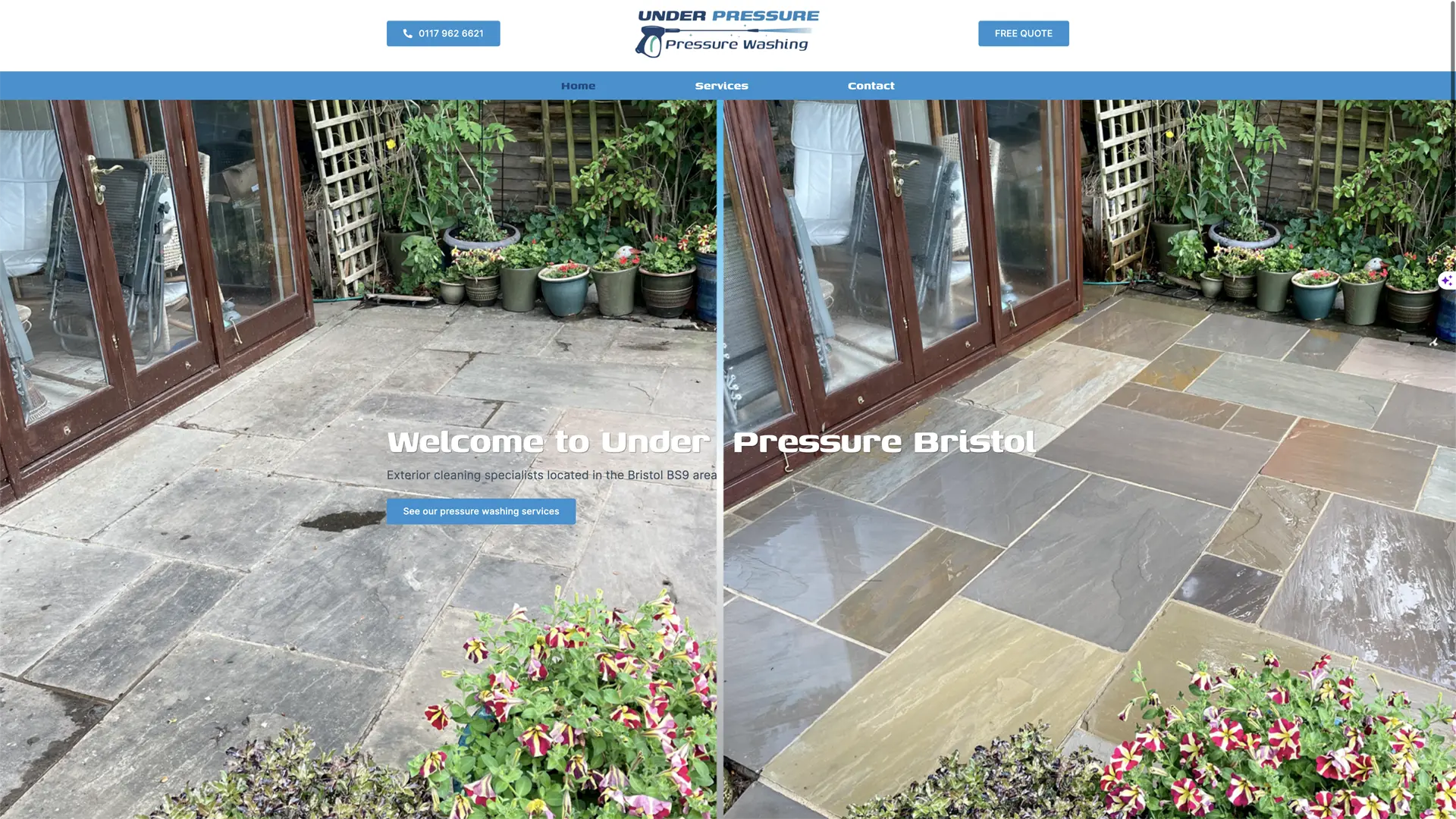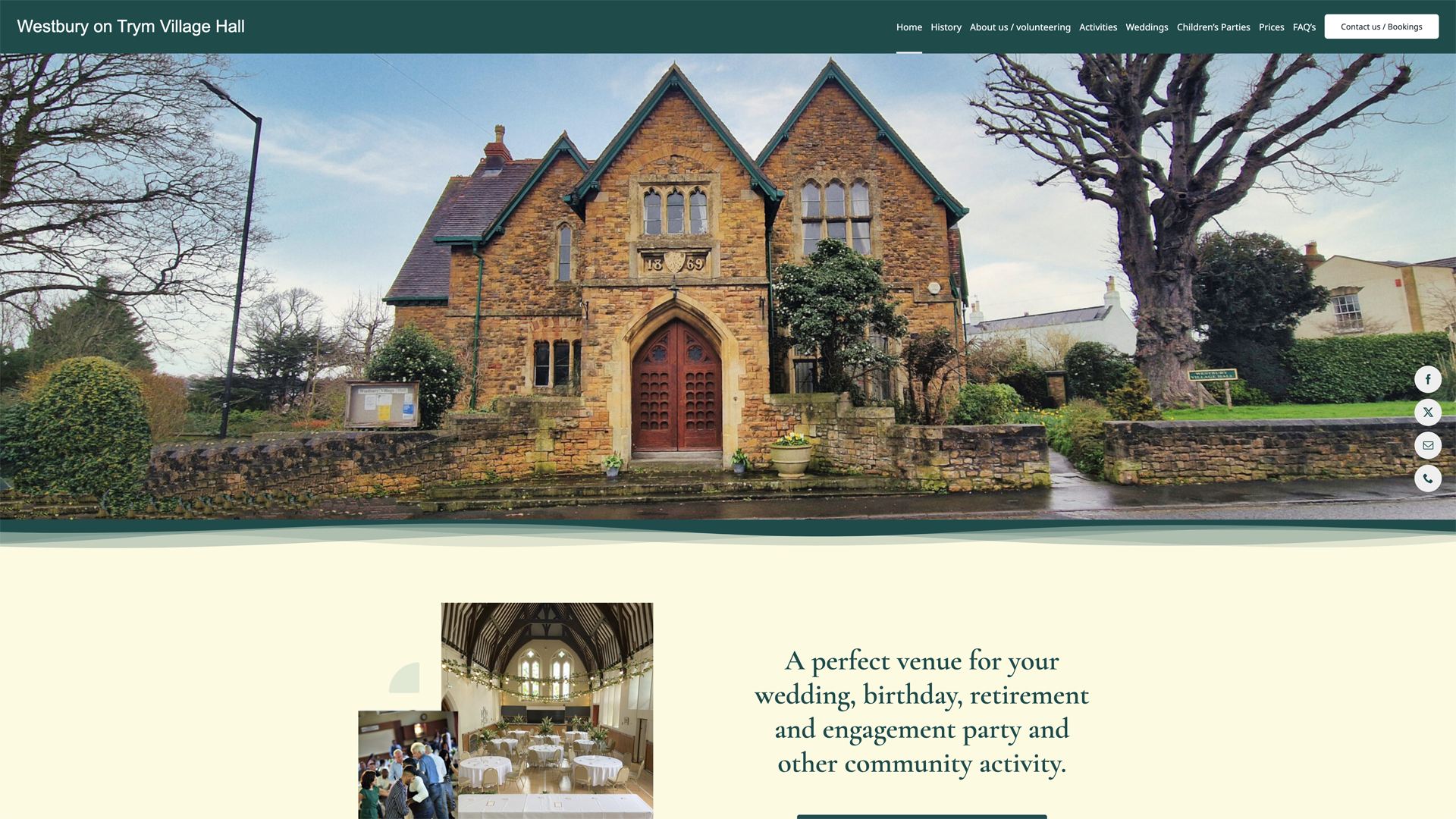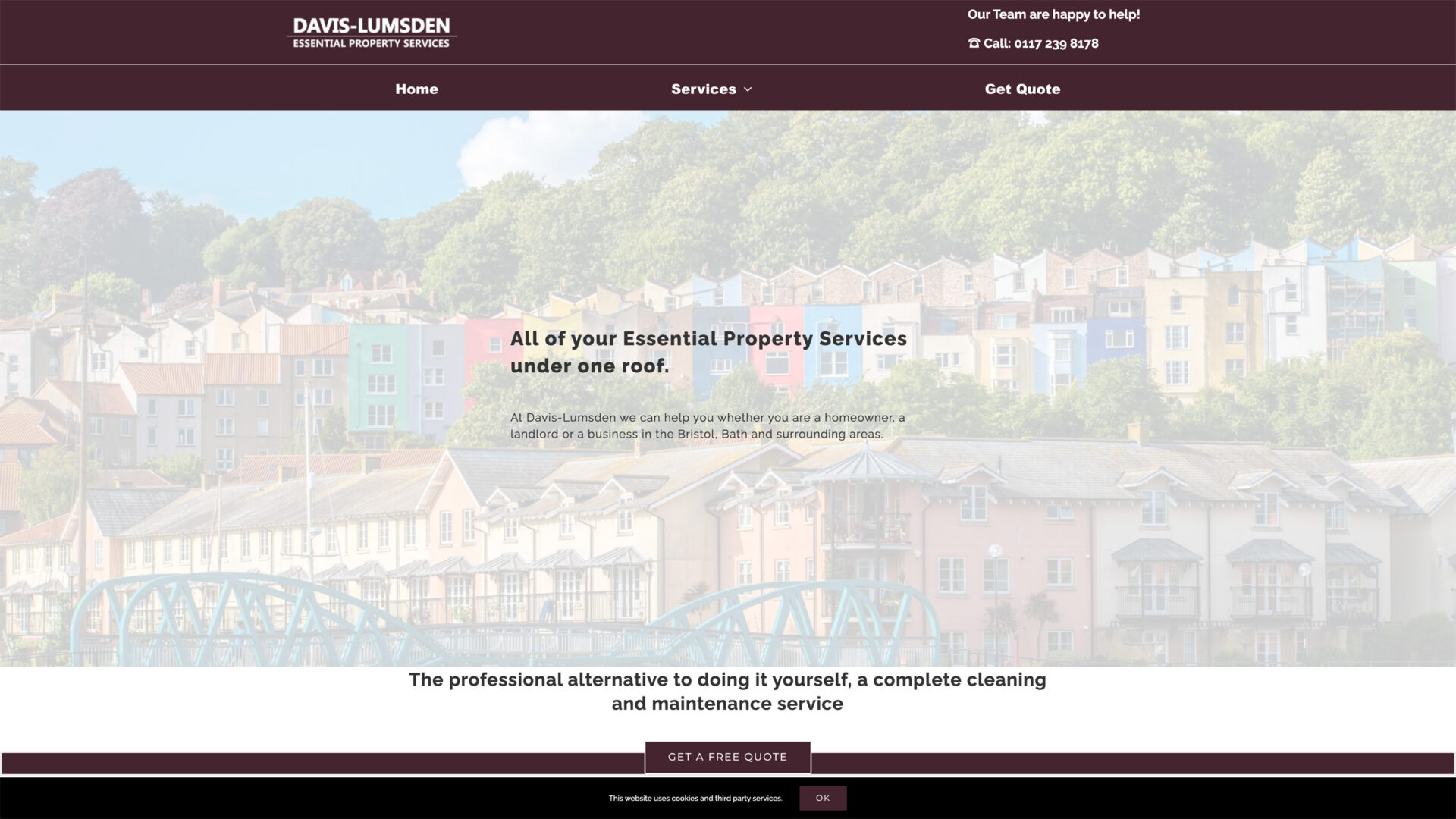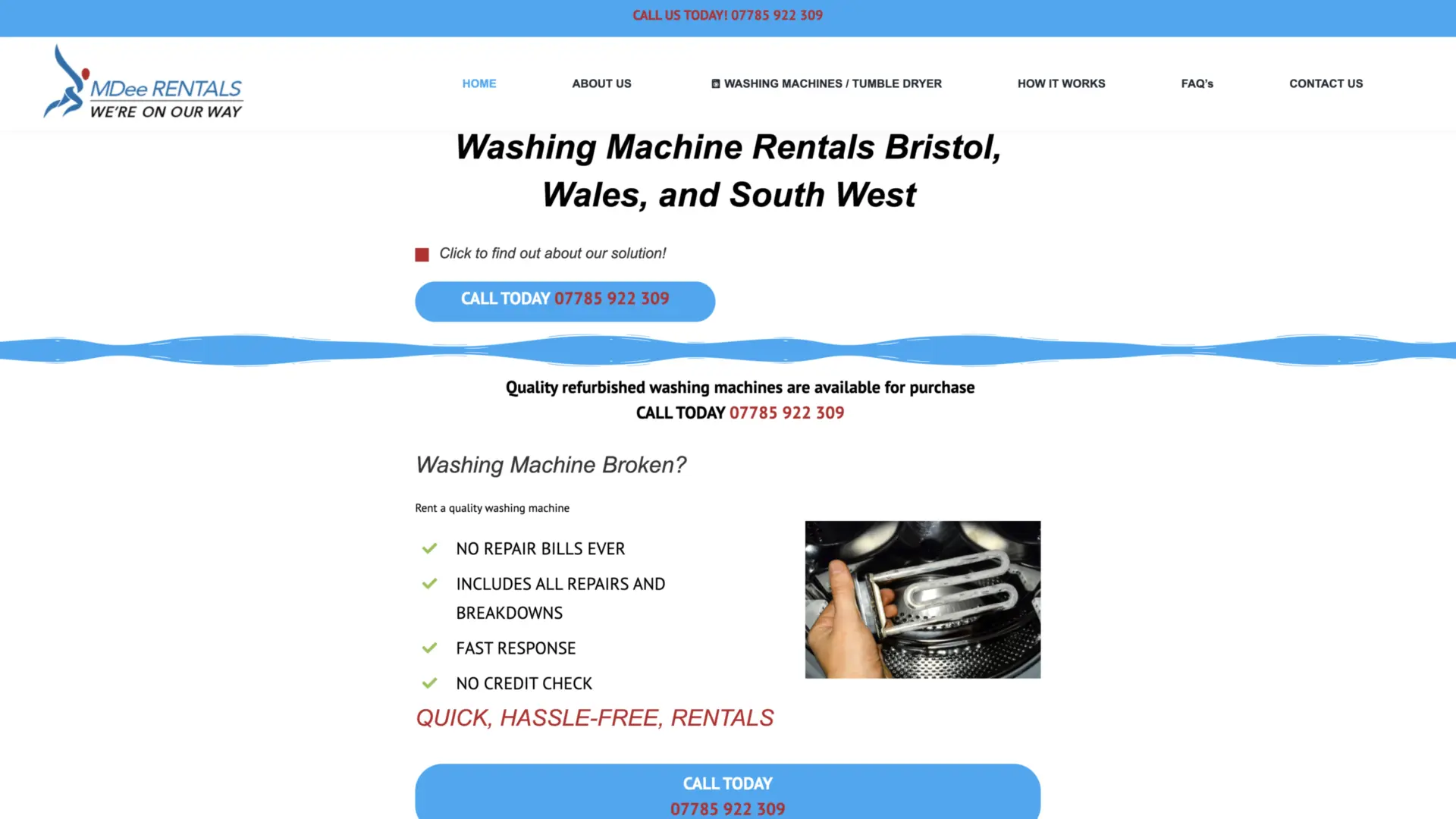Have you heard about local SEO?
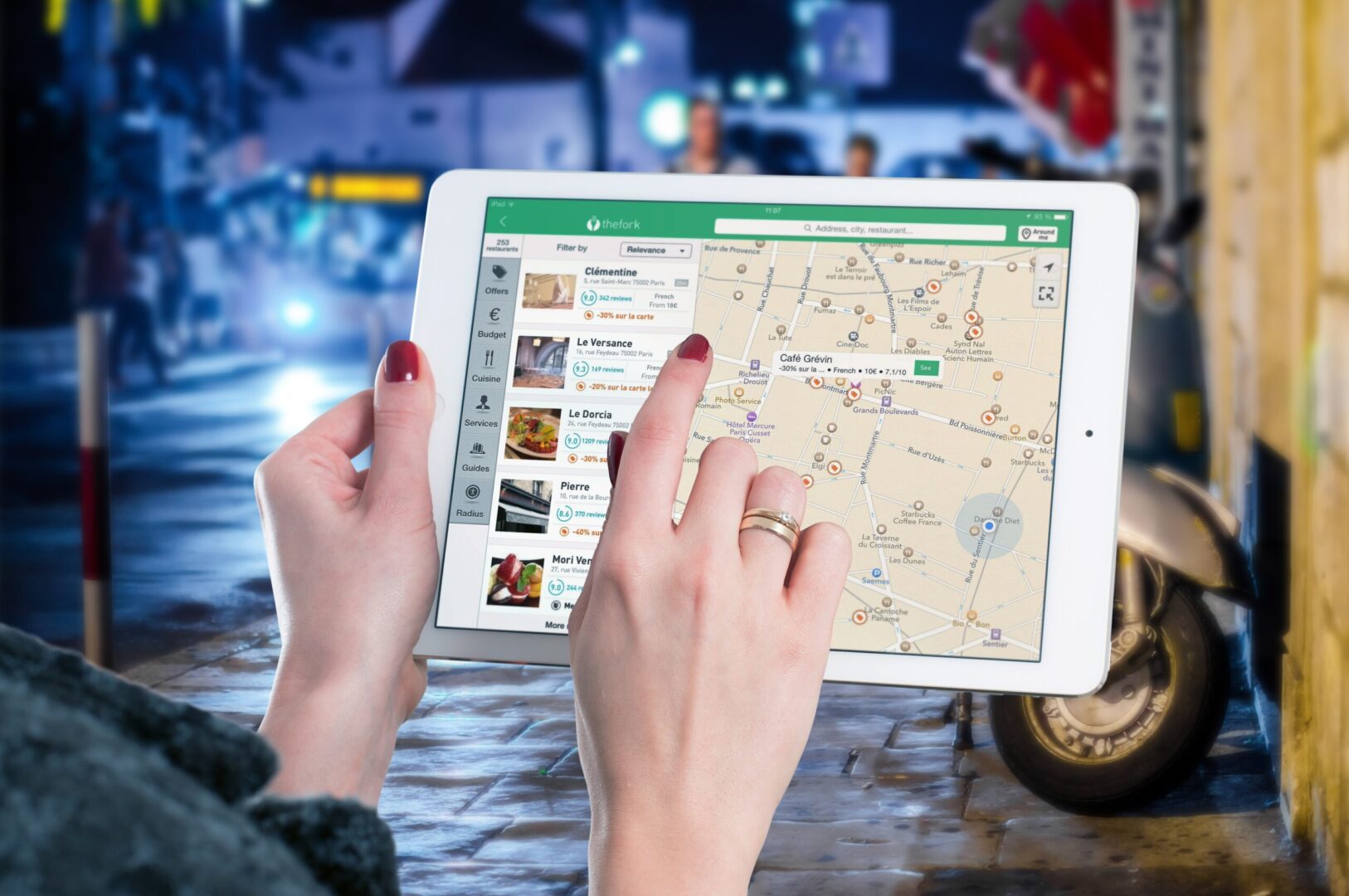
As a small business owner, you’ve probably heard of SEO but may not be familiar with the term ‘local SEO.’ Local SEO is a type of search engine optimization that helps your business be found online by customers in your local area.
Local SEO is essential to driving foot traffic and online sales if you have a brick-and-mortar business or provide customer services in a specific geographic area. This post will share what local SEO is, why it’s important, and some tips for getting started.
What is local SEO?
Local SEO is the process of optimizing your online presence to attract more customers from your local area. This includes optimizing your website, social media profiles, and online listings for your business name, address, and phone number (NAP).
When customers search for businesses like yours online, the goal of local SEO is to make sure your business appears as high as possible in the search results. The higher you rank, the more likely customers will click through your website or visit your store.
Why is local SEO important?
There are two main reasons why local SEO is so important for small businesses:
- Most customers search online before making a purchase According to a study by Seo Tribunal, 97% of consumers search for local businesses online. And 61% of those searches result in a purchase. This means that if your business isn’t visible in the search results, you could miss out on many potential customers.
- Local SEO is more affordable than other marketing channels. Local SEO is relatively affordable compared to other marketing channels like print advertising or online ads. And it’s often more effective at driving foot traffic and online sales than traditional advertising.
How to get started with local SEO If you’re ready to start driving more foot traffic and online sales with local SEO, here are a few tips to get you started:
- Optimize your website for local keywords
The first step is to make sure your website is optimized for the right keywords. When customers search for businesses like yours online, they will likely use keywords like ‘near me’ or ‘[city] + [service].’
For example, if you’re a plumber in Bristol, someone might search for ‘plumbers in Bristol.’ Make sure to include these keywords on your website in places like your title tags, meta descriptions, and headings. This will help your website rank higher in the search results for these keywords.
- Claim and optimize your Google My Business listing
Another vital step is to claim and optimize your Google My Business listing. This listing appears when customers search for businesses like yours on Google Maps or the Google search engine. Simply go to Google My Business to claim your listing and follow the instructions. Once you’ve claimed your listing, be sure to fill out all of the information about your business, including your NAP, hours of operation, business description, and photos. The more information you can provide, the better. Alternatively, get in touch with us here and our team would be more than happy to set this up for you.
- Get listed in online directories
In addition to claiming your Google My Business listing, it’s also important to get listed in other online directories. This includes directories like Yelp, Angie’s List, and Yellow Pages. These listings help improve your search results visibility and drive traffic to your website or store. To get started, search for ‘online directories’ and find a few relevant to your business. Then, create a profile and include all of your business information, including your NAP (Name, Address, and Phone number). Be sure to claim any existing listings that have been created for your business as well.
- Ask customers for reviews
Customer reviews are an essential part of local SEO. The more positive reviews you have, the higher you’ll rank in the search results. And customers are more likely to visit your store or website if they see that you have good reviews. To get started, simply ask your happy customers to leave a review on your Google My Business listing or on popular review sites like Yelp or Angie’s List. You can also include links to your review profiles on your website or in email signatures to make it easy for customers to leave a review.
- Monitor your progress
Finally, it’s essential to monitor your progress to see how your local SEO efforts are paying off. The best way to do this is to track your website traffic and online sales. You can also track how many calls or walk-ins you’re getting from your listing in Google My Business. Don’t be discouraged if you do not initially see the results you want. Local SEO is an ongoing process, and it can take some time to see results. Just keep working on it and you’ll eventually start to see the payoff.
Local SEO is a powerful way to drive foot traffic and online sales for your small business.
By following the tips in this post, you can get started with local SEO and start seeing results. If all this sounds a little too technical, don’t worry, here at direct local websites, our team has a wealth of experience managing SEO. Get in touch today for a FREE quote.












